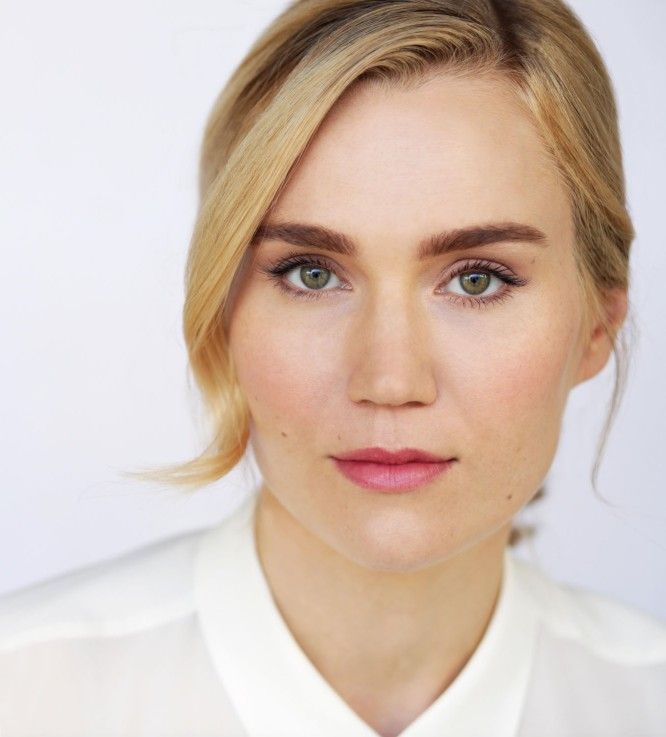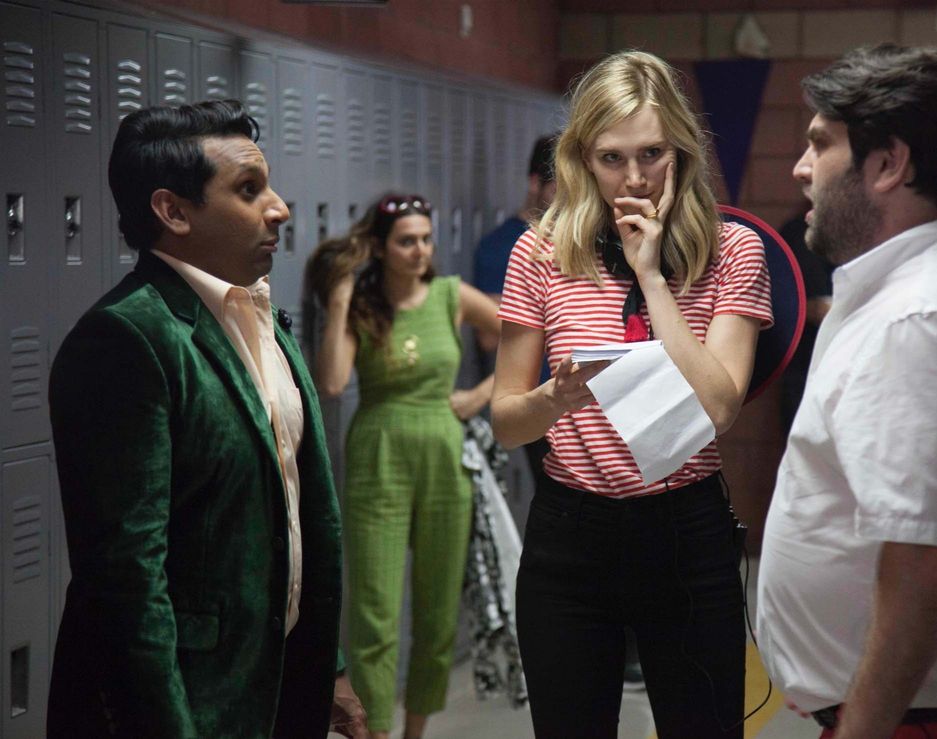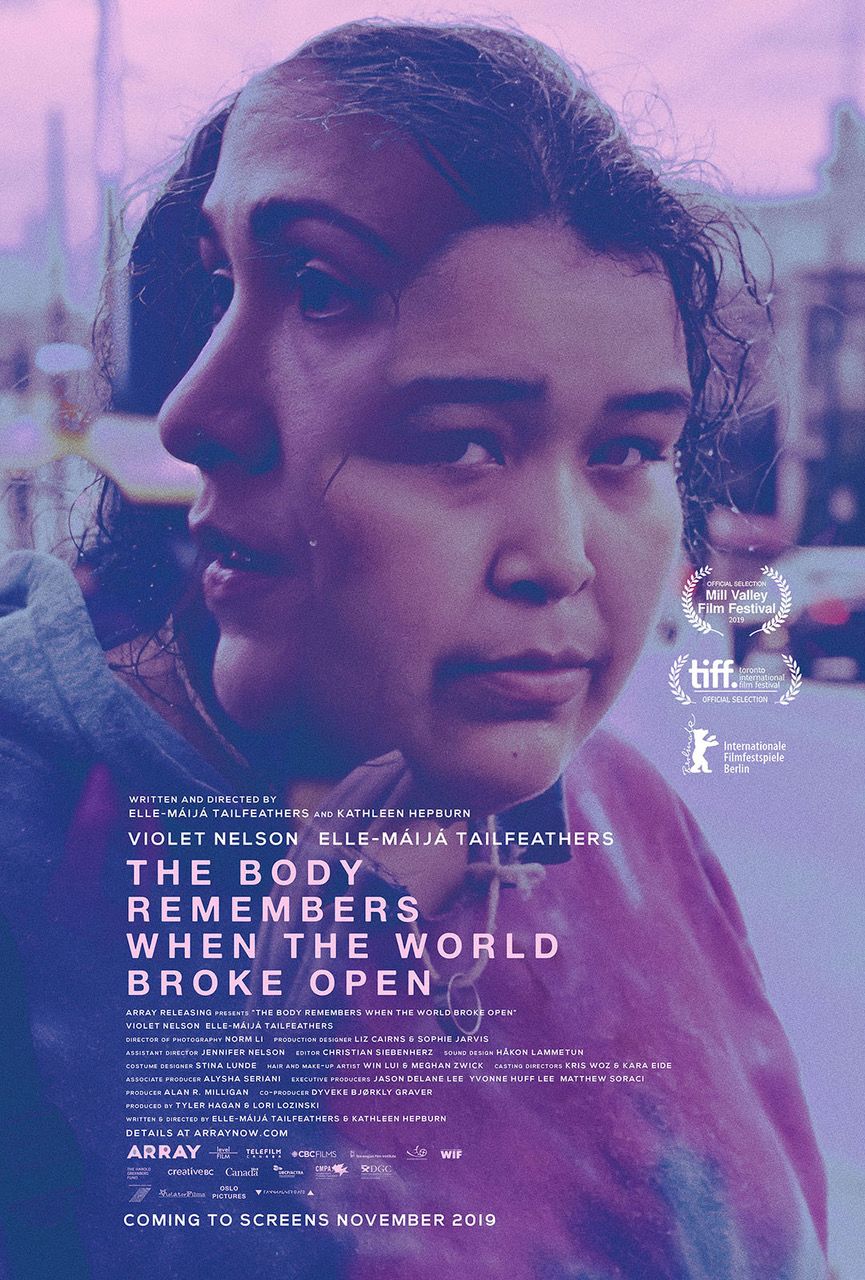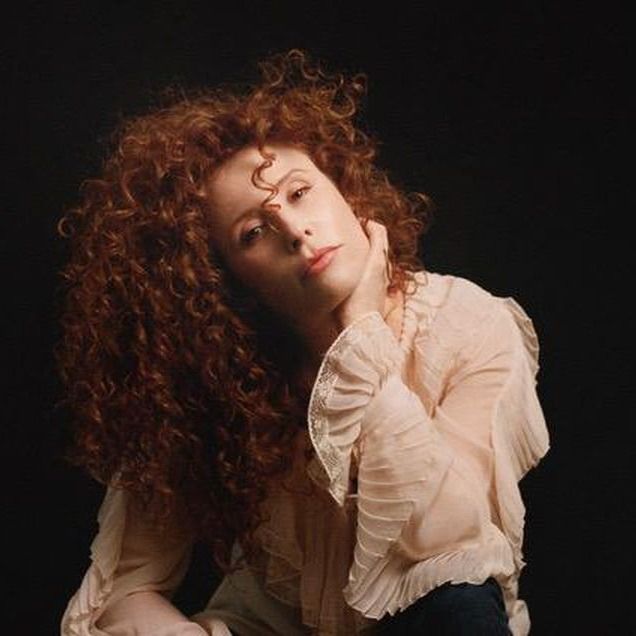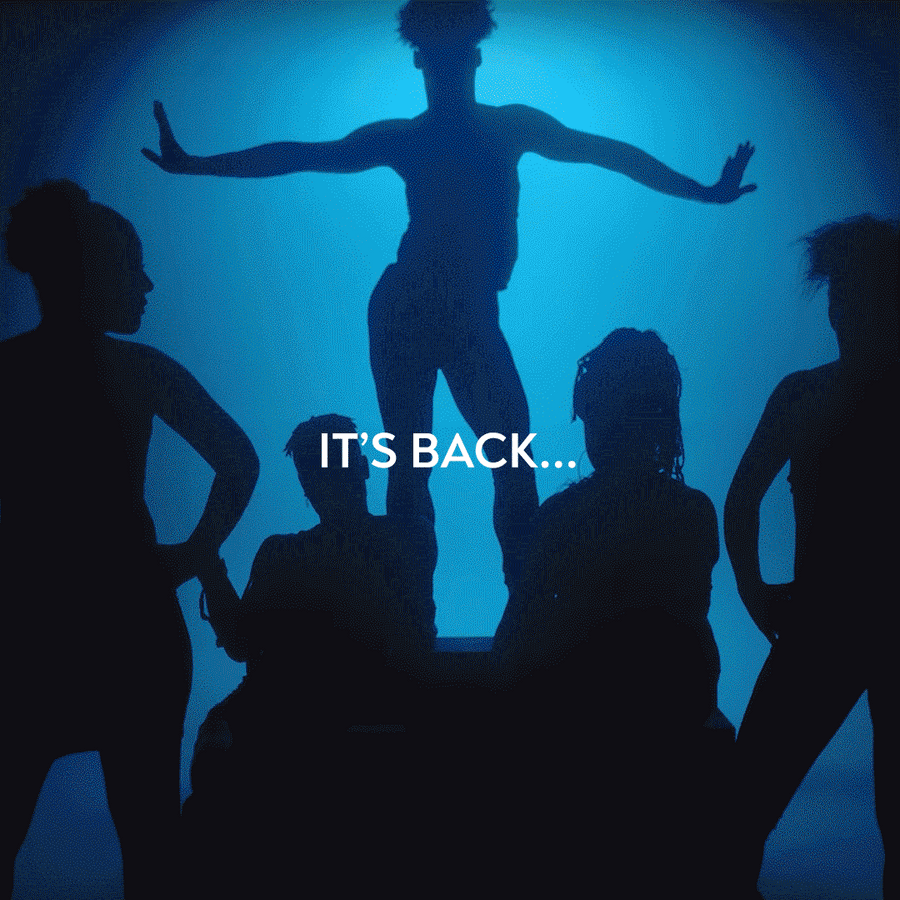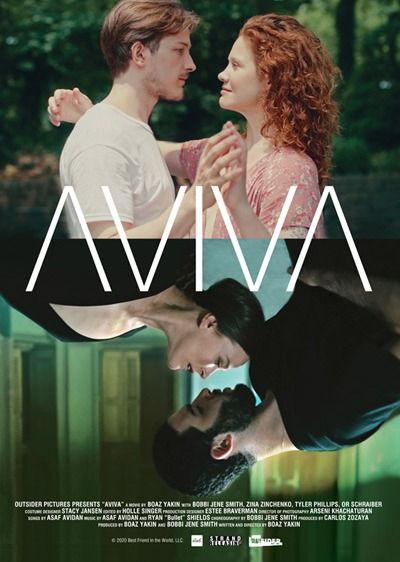As kids, many of us obsessed over figuring out who we want to be when we “grow up.” Heck, even as “adults,” many of us are still mulling over that question: Who do you want to be? You might say that you want to be a musician. Or a comedian, or a traveler. A few of you might say you want to be Beyoncé. Or maybe even someone who works in tech. Well what if we told you that there is a person in this world that is actually all of those things? (Okay, maybe not the Beyoncé part but stick with us here).
Her name is Nora Kirkpatrick. From being a founding member and accordion player for the Grammy-winning folk rock band Edward Sharpe and the Magnetic Zeros, to acting on The Office, to gaining support from powerhouses like Olivia Wilde and some of comedy’s best—there’s very little that this jack-of-all-trades has not tackled. The best part of her journey is that she lived life on her own terms, without restricting herself to a linear, “traditional” path. Here’s the modern renaissance woman on writing while on tour, pushing aesthetics, Bandersnatch, and making people laugh.
You’ve had such a multifaceted career. Walk me through how you transitioned from musician to writer/creator and now to director.
Nora Kirkpatrick: It's been an interesting path to walk down. I started as an actor, and then the band came along, which was a wonderful seven-year experience. I would tour half the year, and I would be on shows the other half. I started writing while I was in the band, and when I decided to leave, my aim was to make TV shows. I got really focused on learning how to build a show start to finish, package and pitch it. I was lucky to be surrounded by some great women on my first project that taught me a lot.
The directing came through the writing. We were discussing bringing on other directors for some of the shows that I sold, and I was into that idea, but I started to realize that I really liked to see them through to the finish line and that I had a lot of ideas in terms of production design and tone that I really wanted to express.
It’s kind of like…have you ever played a video game where you collect all these tokens along the way and they allow you to then open the next level, but if you hadn't collected all the tokens, you wouldn't be able to open up the next level? That's kind of the way I feel about directing. It's like I needed to go through the acting and the writing and the band to learn how to work with lots of different people in close quarters, and see a story from several different sides. I had to collect the tokens to be able to do the job. Everything I've learned along the way in those different fields, I use every day on set. I'm grateful for the kind of roundabout way that I got here, because I feel like I get to utilize all these skills in one place.

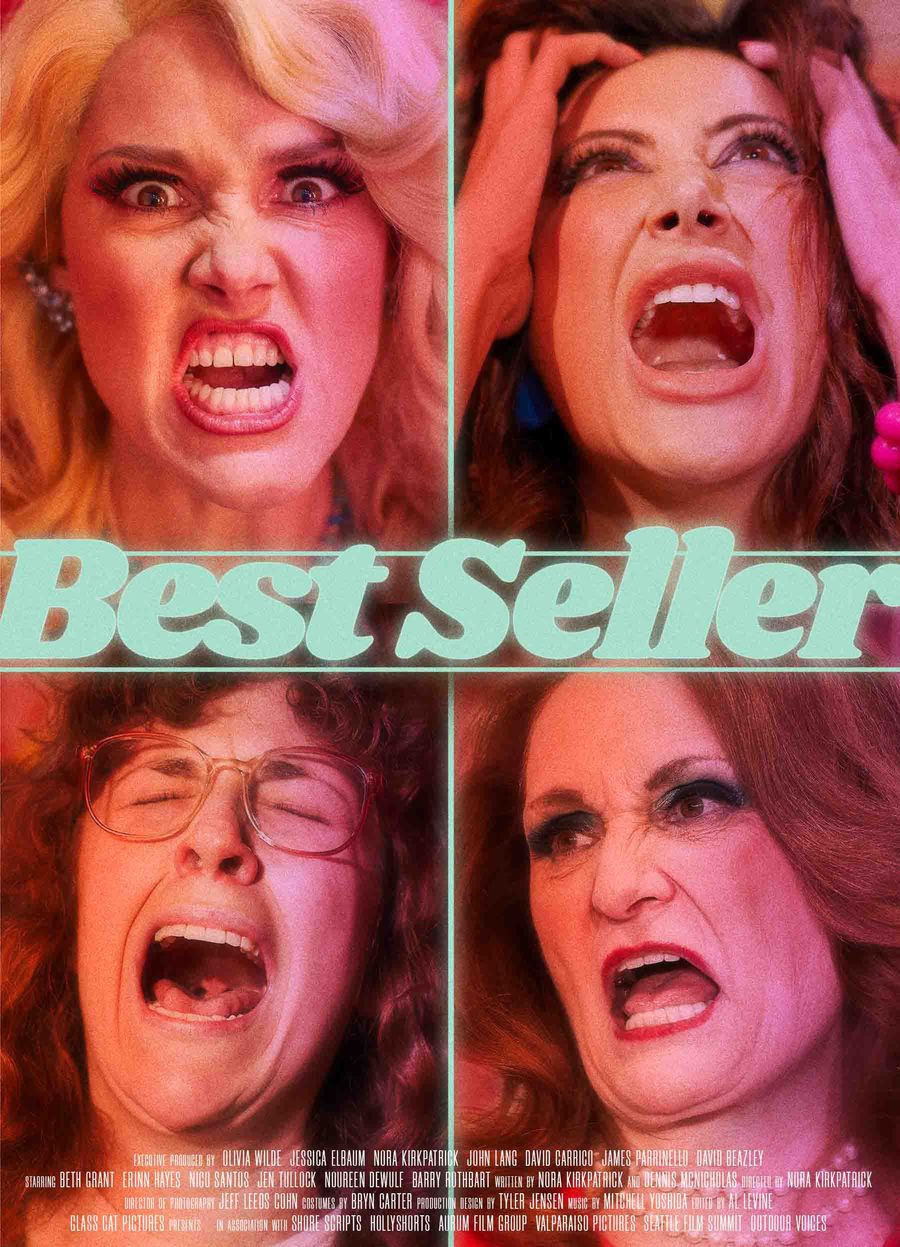
You mentioned you started writing when you were on tour. What was it that you started writing? What was your sensibility?
I grew up watching really specific comedy. I grew up on Three Amigos, Waiting for Guffman, Soapdish, this movie called Strictly Ballroom, which is Baz Luhrmann's first film. Those films really shaped my aesthetic and sense of humor. I grew up in rural Iowa, where there was not a lot to do. Luckily my parents have a good sense of humor and provided me with these films.
So when I was on tour and started writing, the first thing I wrote, which ended up being the first show I sold, is a show I sold to Comedy Central called Best Seller that's about a fictional home shopping network. It's basically like Game of Thrones at the Home Shopping Network.
I set out to do something in my aesthetic that was in homage to the films that I grew up on but that was still doing something different. I also grew up watching the Home Shopping Network, so I tried to do something that meant something to me, but that also felt like a new space.
Can you elaborate a little more on that aesthetic?
Yeah. I feel like, and it's difficult because there's not always room for it, but I feel like so much of what we see on TV kind of looks the same. It's the same kind of lighting, and it's the same kinds of sets, and it all just feels very similar. But the movies that I love watching, like Soapdish and Strictly Ballroom, have such vibrant color palettes and the production design is so specific. Baz Luhrmann really does this, so do the Coen Brothers and Wes Anderson. I appreciate it when the production design is given as much emphasis as anything else, so I've been trying to do that in my films recently and on the TV side as much as I can, like how do we also make this visually stimulating and not just set up the scene as we would in any other TV show?
You can't always do that when you're fitting into a show that's been on for six years. You just kind of pick up where they left off, and that's also a wonderful challenge, but if I have the opportunity to do something different, then I would like to try to give people something to look at.
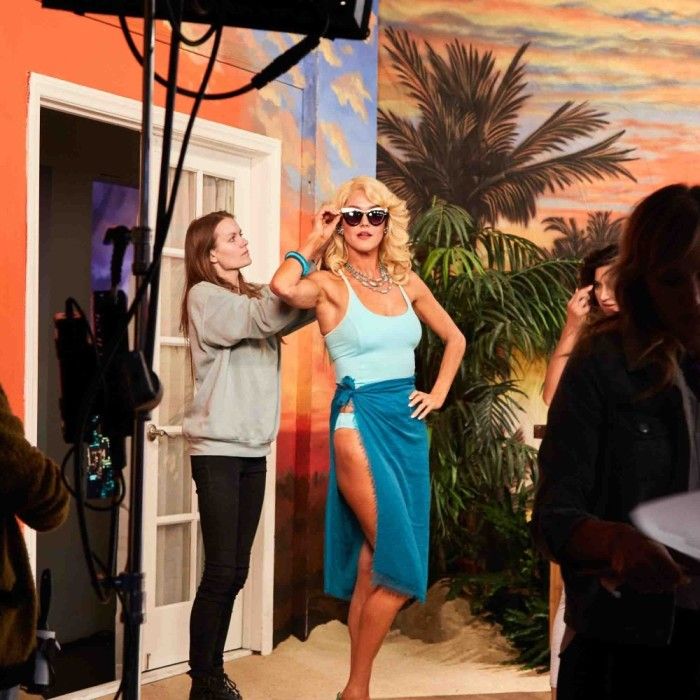
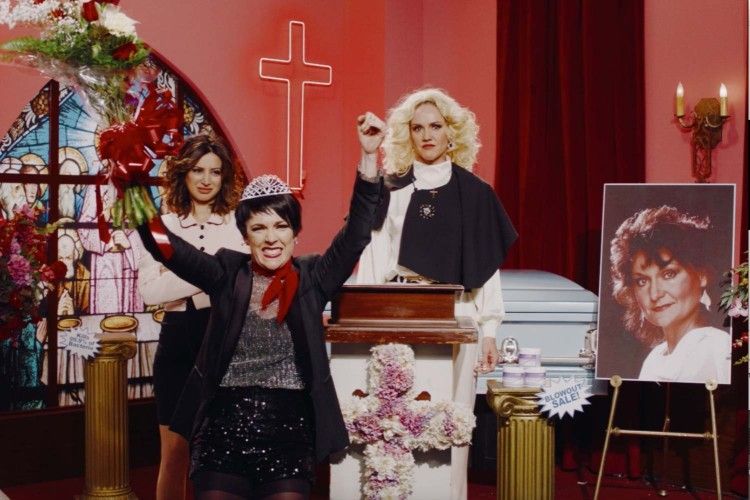
How did you take your love and passion for your favorite films and parlay that into developing successful comedy?
Making people laugh is my favorite thing in the world, and if I can make people laugh with a new aesthetic, that's, to me, the ultimate mountain to climb. I think after Best Seller, it got a little easier to get people involved because I had something to show that was specifically in my tone, so I could be like, "Look at this. This is where my brain is." I will say it's been easier to get projects to direct with the writing. If you've written a project and sold it, it's easier to convince people to let you take it to the finish line, because they know you birthed it from the beginning.
But I will say, when I started to get hired to direct other people's work, I was very honored, because I felt like they were really trusting me with the thing that they created. That, for me, was a great stepping stone in my career.
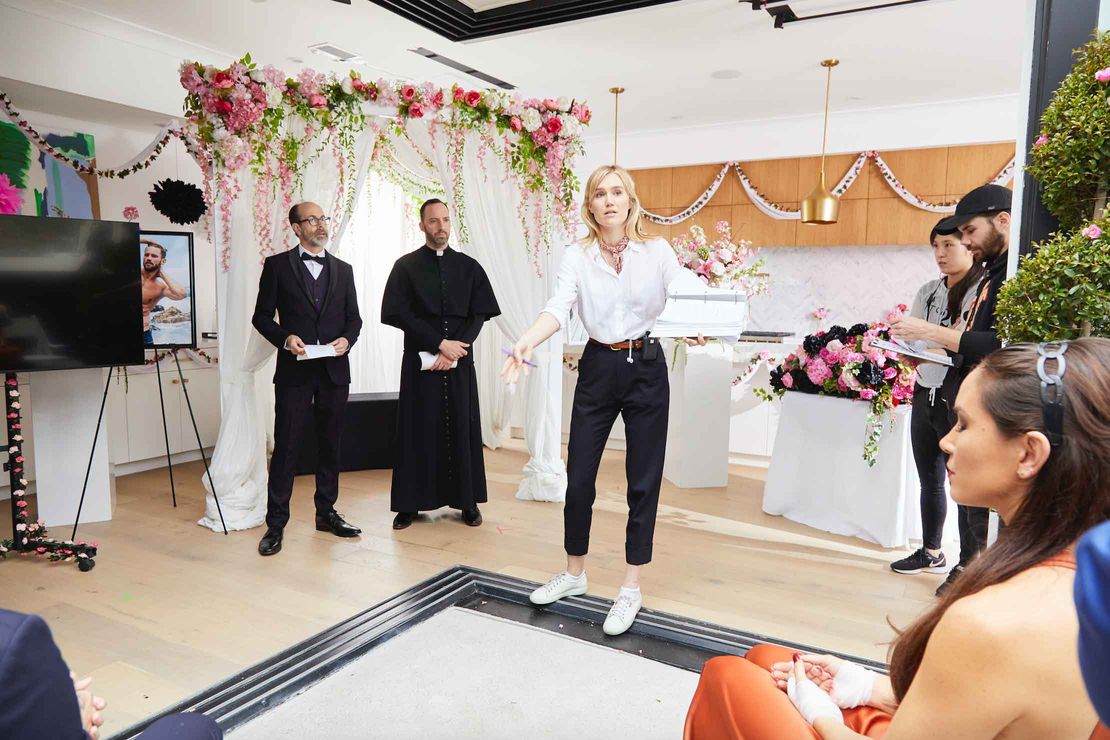
If comedy weren’t already hard enough, you really took it a step further by delving into the nonlinear space. Can you talk to me about the impetus for doing that and how you approach these projects?
Yeah it's so funny, I never set out to be like, “I want to do choose-your-own-adventure television.” I'm not a gamer, but I love math and I love intricate storylines, so when I started working in VR, I was like, if I'm going to do something in VR, I want to put the viewer at the center of it. I don't want you to just be watching it. I want you to be in it.
That’s how Door No. 1 (HULU) got started. It really just came from the point of how do I get the viewer to be the most involved they possibly can be? That led us down the path of, well, they need to be able to decide what happens. We had to build our own algorithm to make it work, and it's all gaze-controlled selecting.
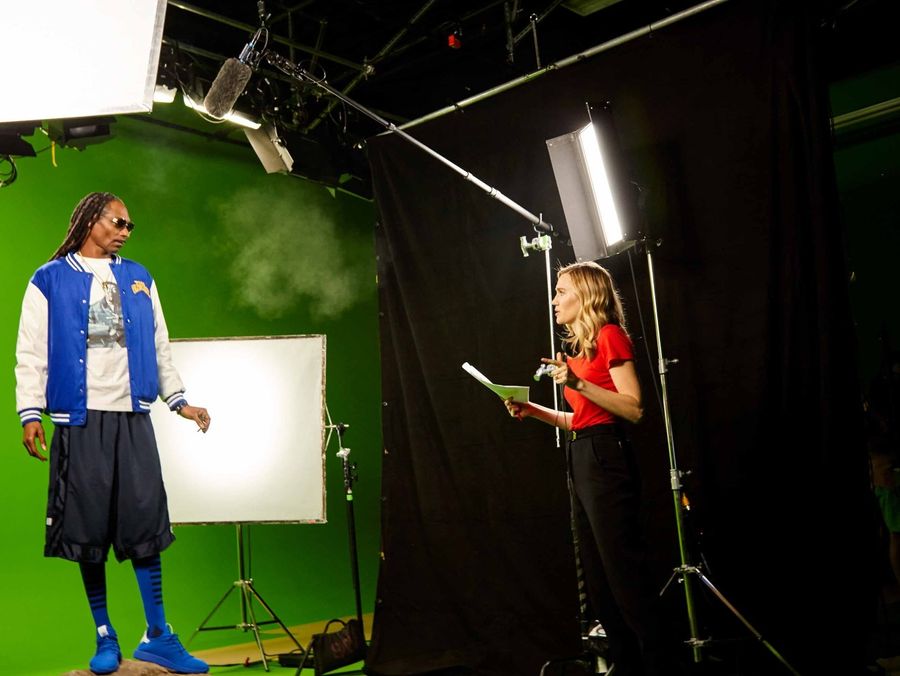
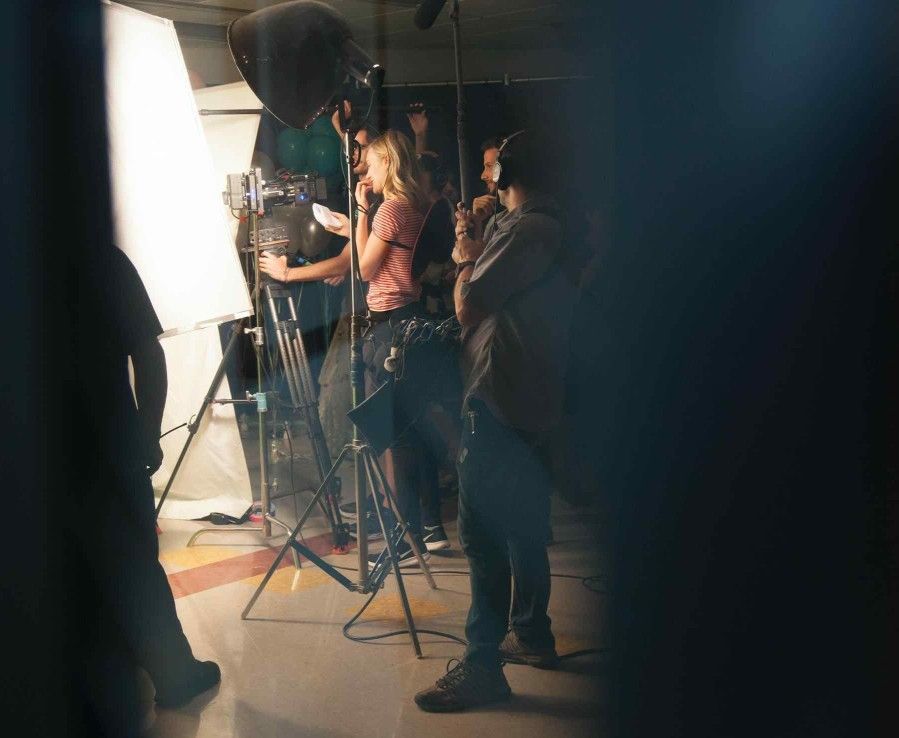
After that one, Funny or Die asked me to pitch ideas for a fully interactive TV show. I'd seen Bandersnatch and I was like, I think there's an interesting way to do this. I just wanted to make sure it was the right idea, so I thought about it for a long time and then came up with an idea where the interactivity was built in to the premise of the show.
We're actually not that far off from the show we made becoming a possibility in real life. It's as if Big Brother became incredibly interactive and the audience had control over who you watch, what rooms you go into and what questions you ask. That to me makes sense in terms of why this TV show would be interactive, rather than just happening to be interactive. So we mixed Clue, which is another one of my all-time favorite movies, with Big Brother and did a choose-your-own-adventure interactive murder mystery, where the viewer gets to figure out whodunit.
I can't imagine how complicated that has to be. What's the creative process like on something like that?
I started by making a very intricate deck, which is something I always do. I feel more and more that such an important part of being a creative person is being able to present your ideas in an organized fashion. Whenever I talk to younger people, and they're asking me what to do, I'm like, you need to learn Keynote, InDesign, and Premiere — you need to learn all the programs, because I promise you you're going to use them every day.
I made the deck, and we got picked up for a full season. Then I brought in a little writer's room of three of my closest friends from college, who I've known for years and years. I really respect their writing, and they're hilarious individuals, so the four of us sat in a room for a month, and we wrote the whole show. If I showed you what the tree looked like with all of the nodes of how we wrote the script, I mean, it just looks like a motherboard. It looks so crazy. It was definitely the most complicated script I've ever written in my life, but I feel like now that we've done it, other things seem easier.

Talk to me about the difference in directing a comedic project versus a drama.
I approach them basically the same. I try to make the comedies look as beautiful as the dramas. I want to give them the same level of attention in terms of aesthetic. I think even the dramas I do, though, have a kind of lighthearted nature to them, because even in the saddest moments, I'm trying to find a way to laugh.
I love comedy for the rhythm, and I love drama because you can experiment with some weirder ideas psychologically. For comedy, you want to hire funny people who can bring you an interesting character, and then you have to get the rhythm correct. The jokes can fall flat when you're shooting due to rhythm, and then it can also fall flat if you don't edit to the right rhythm. You could hire two editors to edit the same scene — one of them could probably make it hilarious and one of them could make it so that none of the jokes work — it’s all timing.
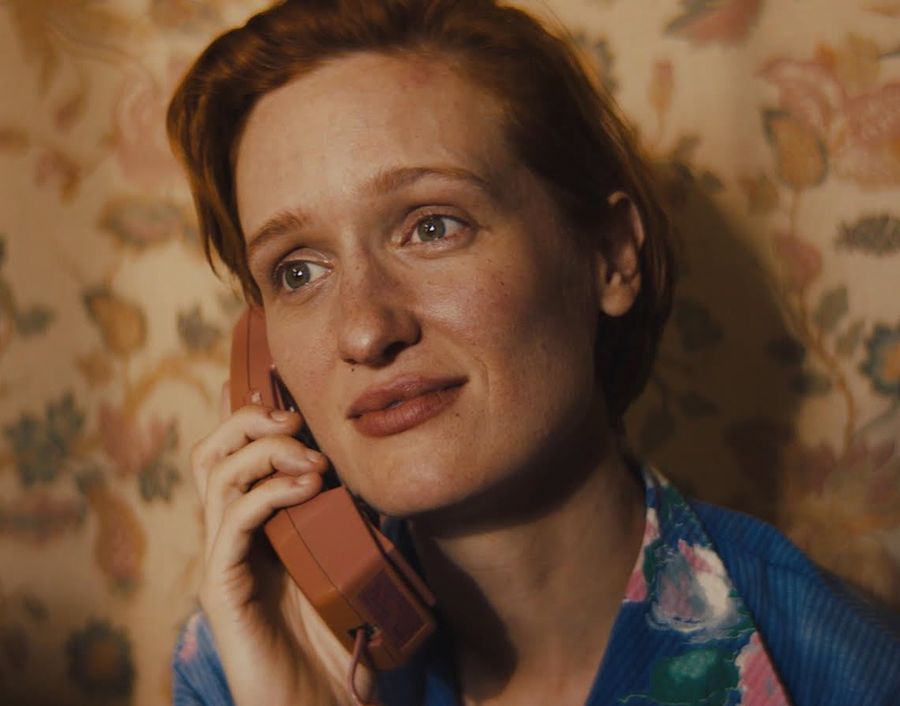
The comedy space is particularly notorious for underrepresenting women voices. Do you have any theories on why that is?
Women are so funny. I mean, I think women are hilarious. We didn't have a lot of examples to look to, and I think that those inspirational people who go before you are very important in your own self-confidence of thinking you can do it. If you don't see anyone else like you doing it, it's hard to make that leap. It's important to see other women doing what you want to do and just being like, "You know what, if they can do it, I can do it.”
Were there any specific female influences that you were inspired by when you were younger?
Madeline Kahn. I saw her in Blazing Saddles, and I just thought that she was the funniest person I'd ever seen. She's also in Clue. She's in a bunch of stuff, but I saw her first in Blazing Saddles and I was like, holy shit, this person is the funniest person in the movie. I think that was a huge inspiration for me.

What would you say has been your most formative project so far as a director and why?
I think there's probably been three that all taught me different things. The Coop, which is the interactive show with Funny or Die, taught me the importance of time management and how important pre- blocking a scene in advance is. What I'm learning is that how you block a scene can be the deciding factor on if you make your day or not. So I don't take rehearsals lightly, and I take shot listings very seriously, because how you set up a complicated scene can be the difference of two hours. We were shooting ten pages a day for 26 days, which is kind of an unheard-of schedule. Mostly, TV shows shoot five or six pages max. It was a great case study on preparation and that every minute on set counts.
Best Seller was the pilot I shot this year and Long Time Listener was a short film that I made that I just wanted to make because I wanted to explore another tone. Those taught me budget management and how you can make something look beautiful for very little money if you think about it in the right way, and hire a great creative team. We shot Long Time Listener in two days in Joshua Tree for under $20,000, and I love the way it looks.
Best Seller taught me about tone and how everyone needs to be playing the same game for the tone to work. It doesn't matter if it's on the page — all the actors need to understand what world we're living in.
As a director, how do you make sure that everyone is playing the same game?
You know, I read an article once about when they were making Forrest Gump, and they didn't do a lot of rehearsals, but they did table reads and they would talk about every line on the page for a long time. Zemeckis said he did that just to make sure that everyone was making the same movie. I always remember that because I was like, yeah, that's it. You need to make sure that everyone's making the same movie. So I make a lot of visuals for people. I do a lot of references for characters, and I do a lot of conversation, even if we don’t have a lot of time for rehearsal.
People have very different brains and process emotions very differently. I try to do a lot of of conversation about what world we're all trying to live in. I think you can feel pretty quickly if people are going to be able to get on the same page and then when you do, it's such a great experience. It's so fun to watch people dive into their own creativity.
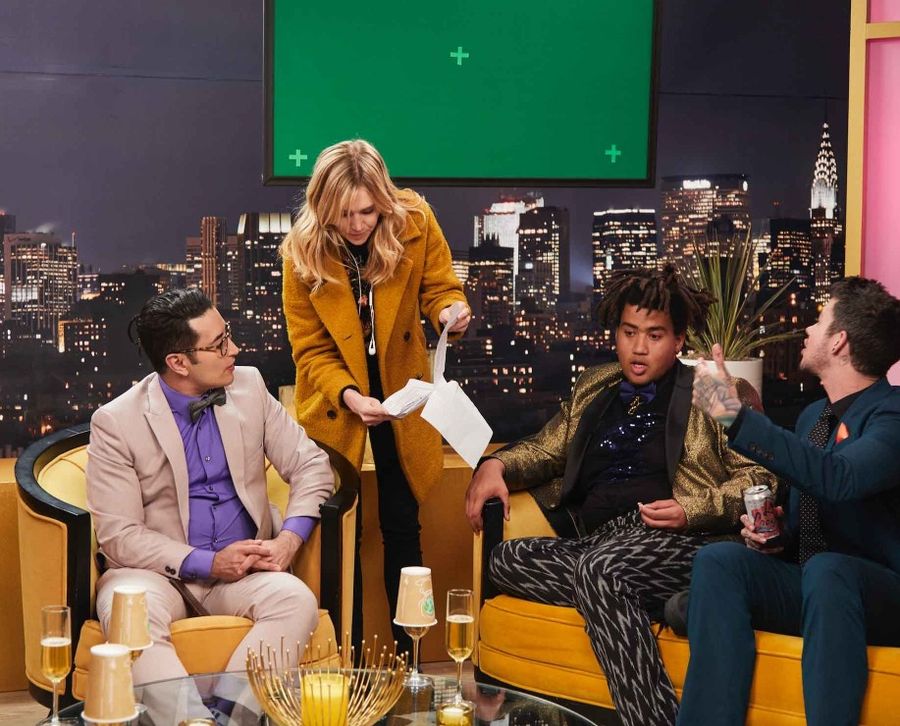
How do you continue to sharpen your skills as a director?
I've actually been in a writer's room on a new Amazon show for the last six months. It's wonderful to be surrounded by so many people you respect and to see how a show at this level gets created. And I surely feel better I get at writing, the better I get at directing and vice versa.
I'm still collecting the coins as I go, and hopefully I’ll be collecting them for the rest of my life. You just want to continue to fill your tool bag as you go.
